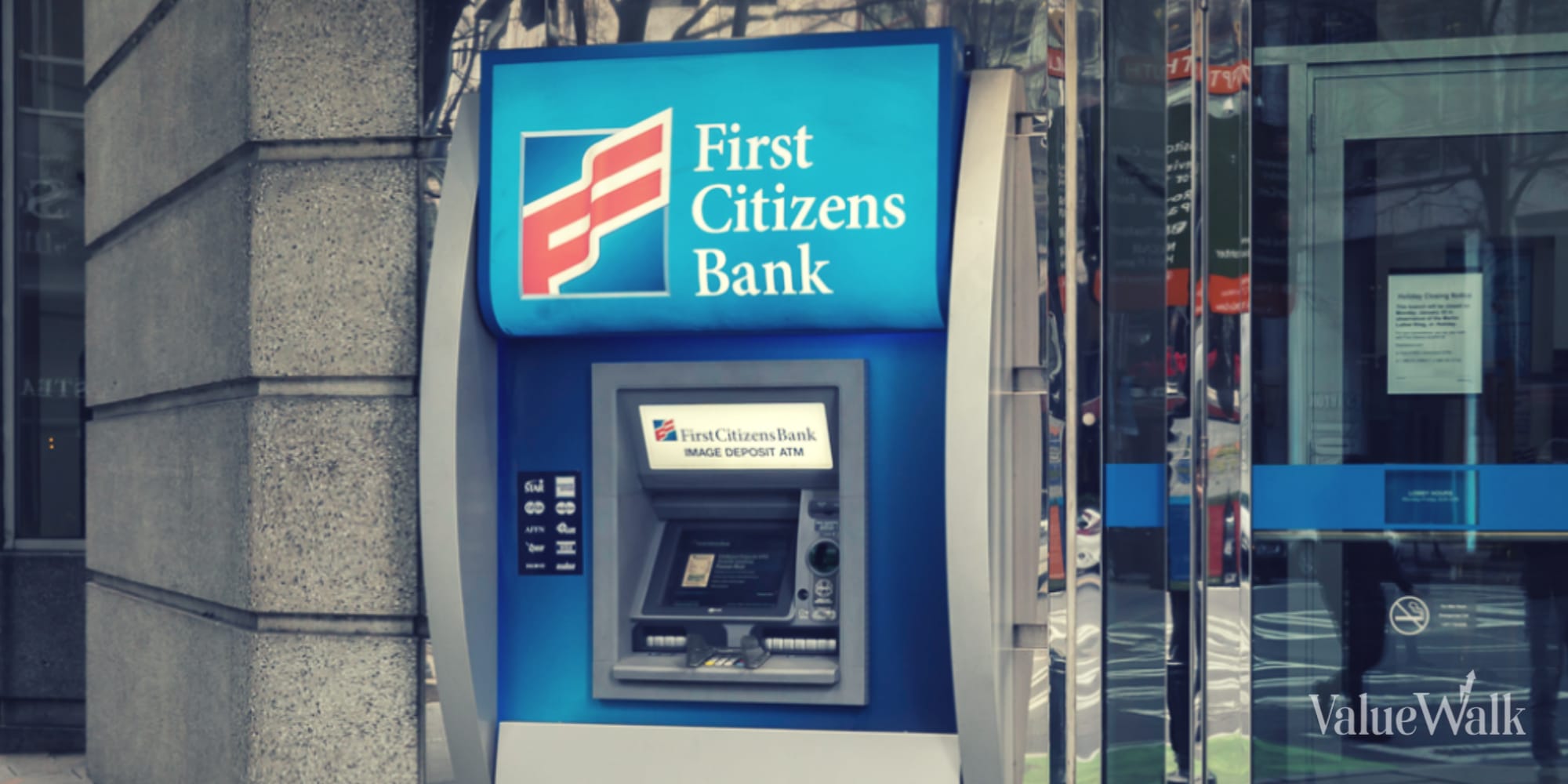Regional bank stocks have endured a terrible year, as many were challenged with liquidity concerns stemming from deposit outflows caused by rising interest rates. It led to a run on deposits for some banks and a flight to quality for others as investors flocked to the safety of larger, more established banks. Three banks collapsed during the crisis, and many more saw their stock prices plummet.
Regional banks have been one of the worst-performing segments of the market, down 7% year to date. The vast majority of them are in negative territory, with relatively few above water. However, one regional bank has actually benefited from the crisis and had a huge year so far: First Citizens BancShares (NASDAQ:FCNCA).
Meteoric rise following SVB acquisition
First Citizens BancShares based in Raleigh, N.C. is the 15th-largest bank in the country with about $214 billion in assets. If it wasn’t on investors radar before, it got a lot of attention in March, when it acquired the bulk of the assets of the failed Silicon Valley Bank via the FDIC’s Silicon Valley Bridge Bank, which it set up after the bank collapsed.
Specifically, approximately $110 billion in assets, 17 branches, $56 billion in deposits, and $72 billion in loans were transferred to First Citizens as part of the deal. It almost doubled the amount of assets and made it a top 15 bank. The acquisition also came with a loss-share agreement, in which the FDIC will absorb some of SVB’s loan losses.
“We have partnered with the FDIC to successfully complete more FDIC-assisted transactions since 2009 than any other bank, and we appreciate the confidence the FDIC has placed in us once again,” Chairman and CEO Frank Holding said on Mar. 27.
It was a transformational deal for First Citizens, which the market recognized as its stock price shot up about 75% in the weeks after the transaction, reaching around $1,000 per share from $579 on March 24.
The acquisition of SVBʻs assets broadened the First Citizens’ offerings by giving it a substantial presence in what it calls “innovation banking,” which is lending to startups and innovators. The bank has been able to maintain its growth since the acquisition as the third quarter saw increases in loans, net interest income and deposits.
Overall, First Citizens’ net interest income rose 2% to $2 billion, while its net income increased 10% to $752 million. Higher provisions for credit losses were partially offset by lower acquisition-related costs compared to the second quarter.
Of First Citizens’ $146 billion in deposits, about $52 million or roughly one-third was uninsured. However, it has some $146 billion in sources of liquidity to cover uninsured deposits and a liquidity coverage ratio of 277%, up from 264% the previous quarter.
Transformational purchase
First Citizens is a different bank than it was a year ago, at double its size and with the new and expanded capabilities. It has not only been able to increase its deposits; it has also boosted its earnings through loan growth and expense management.
That enabled First Citizens to reduce its efficiency ratio in the third quarter to 54% from 60% in the previous quarter. It also has plenty of liquidity, with a Common Equity Tier 1 capital ratio of 13.2%, up from 10.6% a year ago, and a loss-share agreement still intact with the FDIC.
First Citizens has handled the handled the transition well and has been able to raise its earnings, grow its deposits, and improve its efficiency at a time when many of its competitors are struggling.
Its valuation remains low, with a price-to-earnings ratio of just 1.8. However, it has a very high entry price, with shares trading at over $1,400. If you can afford the high share price, this is definitely a stock to consider as it should continue to grow, entering a more positive environment for lending over the next two years.
Disclaimer: All investments involve risk. In no way should this article be taken as investment advice or constitute responsibility for investment gains or losses. The information in this report should not be relied upon for investment decisions. All investors must conduct their own due diligence and consult their own investment advisors in making trading decisions.












